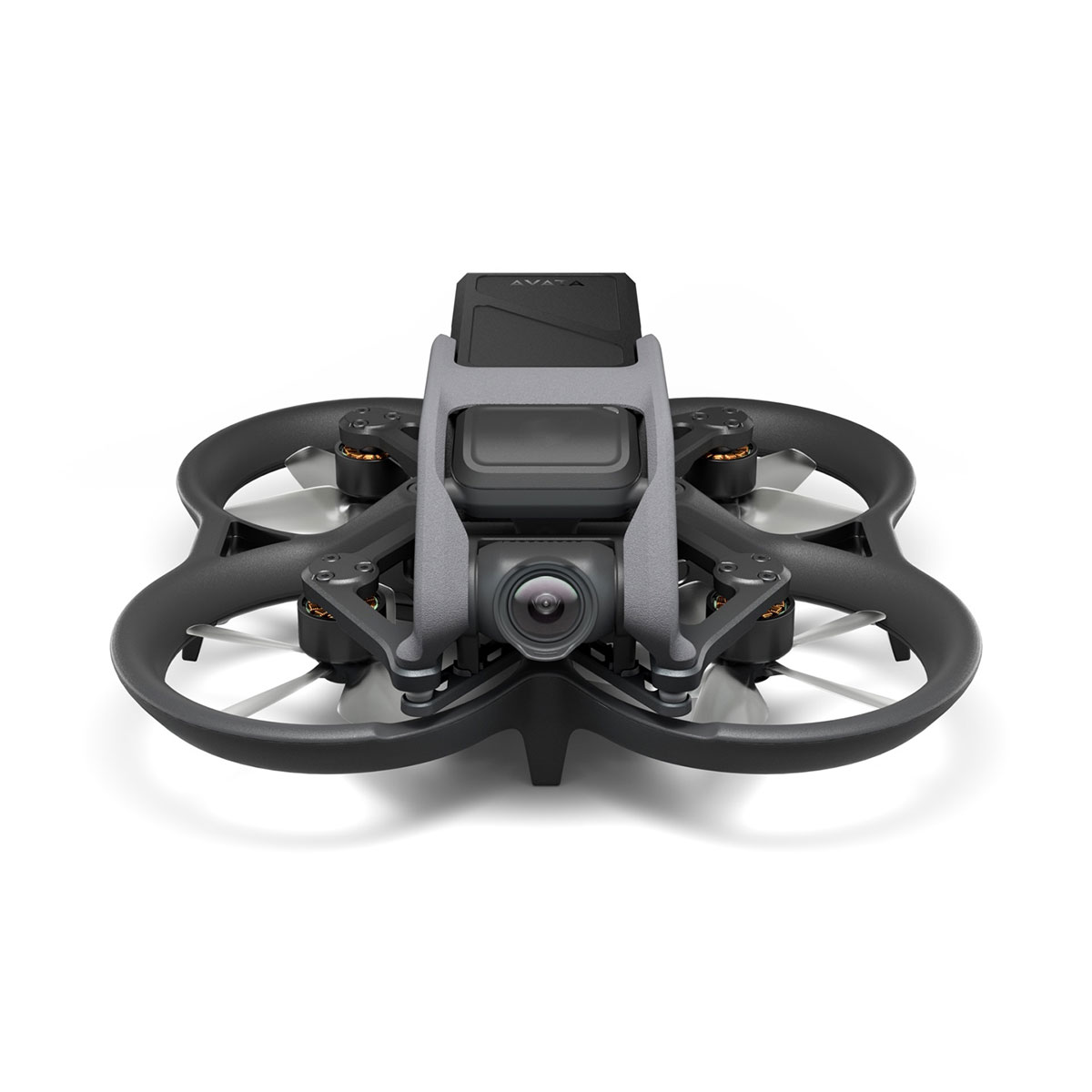Laser rangefinder: The "precise ruler" in Anti-UAV Systems
With the popularization of drone technology, its abuse in military reconnaissance, illegal intrusion, privacy invasion, and even terrorist attacks has become increasingly serious, posing a severe challenge to airspace security and the protection of critical facilities. Against this backdrop, anti-drone systems have emerged, and the laser rangefinder, with its unique advantages, has become one of the indispensable key sensors in the system, providing core data support for precise countermeasures against drone targets.

Core Function Analysis:
Precise target location and distance measurement:
Core Function: The core task of the laser rangefinder is to measure the straight-line distance between the system and the target unmanned aerial vehicle with extremely high precision. It achieves this by emitting a very short pulse (or modulated continuous wave) of laser and precisely calculating the time difference for the laser to reach the target, reflect, and return to the receiver. By applying the principle of constant speed of light (distance = speed of light × time difference / 2), it calculates the exact distance.
The significance of anti-drone systems: Precise distance information is one of the fundamental coordinates for establishing the spatial position of the target (combined with azimuth and elevation angles). This is crucial for subsequent continuous target tracking, threat assessment, aiming of interception weapons (such as laser weapons, net projectiles, kinetic energy interceptor missiles), and precise pointing of electronic jamming. Especially when dealing with high-speed or small drones, centimeter-level or even millimeter-level ranging accuracy is key to ensuring effective interception.
Auxiliary Target Recognition and Classification:
Collaborative operation: Laser rangefinders are typically closely integrated with electro-optical/infrared (EO/IR) cameras or radar systems.
It provides precise distance information, which, in combination with the target images/thermal imaging and angle information obtained by the camera, enables the system to more accurately estimate the actual size of the target. For example, by knowing the camera's field of view angle and the measured distance, the actual physical size corresponding to the pixels occupied by the target in the image can be calculated.
Improving recognition accuracy: By comparing the estimated size information with the preset database of unmanned aerial vehicle (UAV) features, the system's ability to recognize and classify UAV types (consumer-grade, industrial-grade, self-made and modified) and even specific models can be significantly enhanced, reducing false alarms (such as birds and kites), and providing a basis for decision-making on appropriate countermeasures.
Core inputs of the fire control system (hard kill):
Aiming at the cornerstone: For anti-drone systems that employ hard-kill means such as high-energy laser weapons, precision-guided net guns, and anti-aircraft guns, the real-time and high-precision distance data provided by laser rangefinders is the fundamental input for fire control solutions.
Improving hit rate: The fire control system uses distance, angle, and target movement information (sometimes combined with environmental parameters such as wind speed), to precisely calculate the lead and angle for firing or aiming. The high precision of the laser rangefinder ensures the accuracy of these calculations, directly determining the hit probability and efficiency of the interception weapon.
Guide other sensors:
Synergistic enhancement: In complex environments or multi-target scenarios, the precise target positions obtained by laser rangefinders can serve as guiding signals to prompt or guide other detection methods (such as higher-precision but narrower field-of-view narrow-beam radars, high-resolution electro-optical pan-tilt units) to quickly lock onto and focus on specific threat targets, thereby enhancing the detection efficiency and resource allocation capabilities of the entire system.
Strong anti-interference ability:
Unique Advantage: Laser ranging mainly relies on optical paths, and its operating frequency band (typically near-infrared) is completely different from the communication frequency bands commonly used by drones (such as GPS, WiFi, and video transmission). This makes laser rangefinders highly immune to common radio interference. Even in environments with strong electromagnetic interference, as long as the optical field of view is unobstructed, it can still stably provide distance information, which is an advantage that radio radars find hard to match.
Advantages and Limitations:
Advantages:
Extremely high ranging accuracy (centimeter level or even higher).
It has a high angular resolution and can precisely locate point targets.
Strong anti-electromagnetic interference capability.
They are usually small in size, light in weight and relatively low in power consumption.



